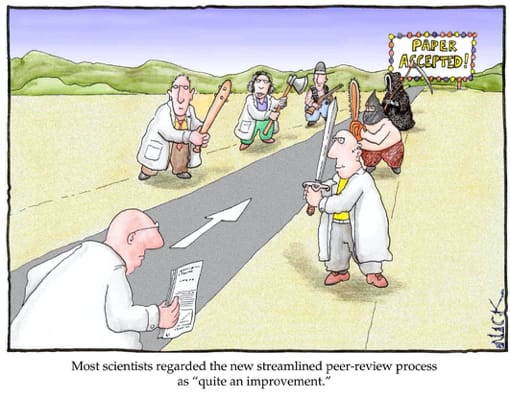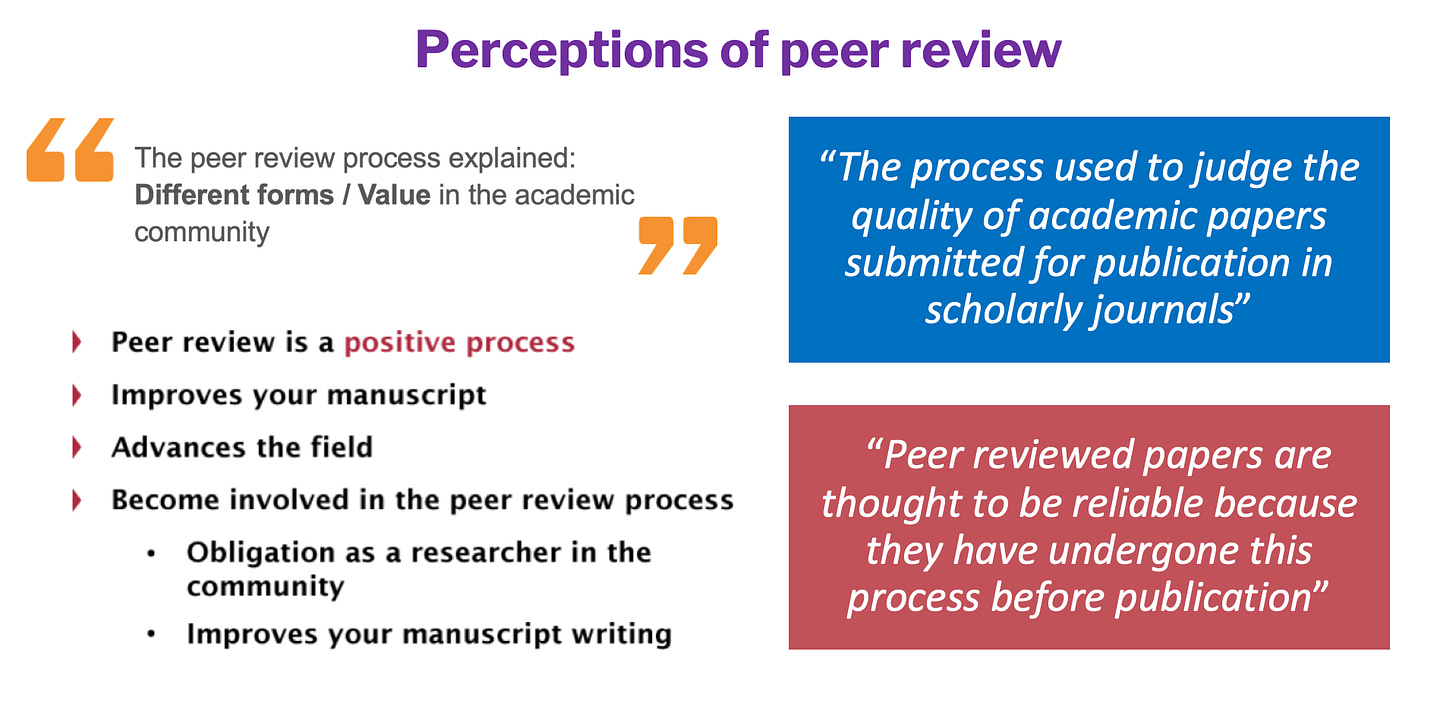THE POST-SUBMISSION BLACK BOX: Understanding (and Surviving) Peer Review as a Researcher
What happens when you submit an academic paper to a journal? What do the editors do? And most importantly, what happens during the peer review process? EXPLAINER 👍
Welcome back to the blog. Before we get started, did you know that Peer Review Week 2023 is coming up soon? I know, me either. This is happening September 25-29 this year, so stayed tuned for more information, events, and content around Peer Review, the process, and how to manage this as a researcher writing and submitting articles to Journals.
** FREE WEBINAR: Thursday 31st August 0900 GMT → Sign up HERE **
** FREE WEBINAR: Thursday 31st August 0900 GMT → Sign up HERE **
MAXIMIZE THE POTENTIAL OF YOUR NEXT PAPER
The aim of this first Blog Article in the Peer Review series is to help you understand the post-submission journey of a paper. We’ll talk about editors’ primary concerns during initial manuscript review in this series of blog, the choices they make, and the stages of peer review at most scholarly journals so you’ll have a better chance of success the next time you submit a paper.
You’re a researcher, an expert. You’re well-versed in writing up your work, selecting a journal, and getting papers ready for submission. But what happens after that? Most authors tend to find that the time between manuscript submission and (hopefully) acceptance remains a bit of a mystery — the “black box” of academic publishing, so to speak.
Something happens to papers after submission. The question is: What?
The aim of this Blog series is to help you understand the journey of a paper from submission to either rejection or acceptance.
We’ll cover the peer review process and types of editorial decision letters you’ll likely receive from journals as well as how you can write effective response letters to address with comments on your paper. We’ll also talk about the steps you can take after a final decision to ensure your paper achieves maximum impact and how you can monitor this variable.
What is Peer Review?
Authors tend to view the peer review process as somewhat of a nightmare — an ordeal they need to survive to get work published (finally!). It is, therefore, with a sense of great relief, that papers eventually get accepted. You have survived peer review! We hope to turn such perceptions upside down with this guide and provide some solutions to many of the challenges authors face during the peer review process.
We often start our workshops and training sessions on peer review and the post-submission process by asking colleagues: What is peer review? So let’s begin there.
What is the main purpose of peer review?
Is peer review performed in order to:
help an author improve the quality of their paper?
give journals/reviewers a chance to look through all the data?
ensure esteemed professors get their work into the best journals?
help maintain the integrity and quality of scholarly publications?
Many researchers vote for the top option: The reason for peer review is to help authors improve the quality of their papers. However, the main reason for the peer review process across academic publishing is to maintain the integrity and quality of scholarly work. The other choice is a happy bi-product.
Journals around the world use the peer review process as a mechanism to maintain the integrity and quality of scholarly publications. All authors should aim to get their
work published in peer-reviewed journals; otherwise, they may end up wasting their research efforts. That’s because individuals and organizations in and outside of academia (e.g., news outlets) are generally more likely to trust research that has been peer reviewed, and, in academia, peer-reviewed works are much more likely to be cited.
Overall, peer review filters and improves content for researchers. What goes into the funnel — a research paper submitted to a journal — is parsed down to a final published version that is more usable and trusted.
How old is peer review?
The peer review process is actually not as old and deeply established as you might think. Although the first journal known to have employed this process was the Royal Society of Edinburgh in the 18th century, most journals didn’t start applying peer review until much later, in the latter half of the 20th century. Science, the journal of the American Association for the Advancement of Science, only began using peer review in the 1940s, and Nature didn’t implement peer review until much later in 1967.
Here’s an amusing story. Did you know that one of the best-known scientists of all time, Albert Einstein, submitted a paper to a journal (The Physical Review) in 1936? No big deal, you might think, but the journal editor sent his article out for peer review. Einstein got upset and demanded that the paper be withdrawn. How dare someone send his work out for review without asking first! Nevertheless, Einstein calmed down and did, in the end, take the comments he received into account to improve the article.
However, helping authors improve articles (even if they don’t initially feel receptive to that perspective) is not the most important function of peer review. As we have discussed, the primary purpose of peer review is to control the quality — and thus the trustworthiness — of the academic literature.
Keep reading with a 7-day free trial
Subscribe to Writing and Publishing Research Papers: Tips n'Tricks to keep reading this post and get 7 days of free access to the full post archives.






